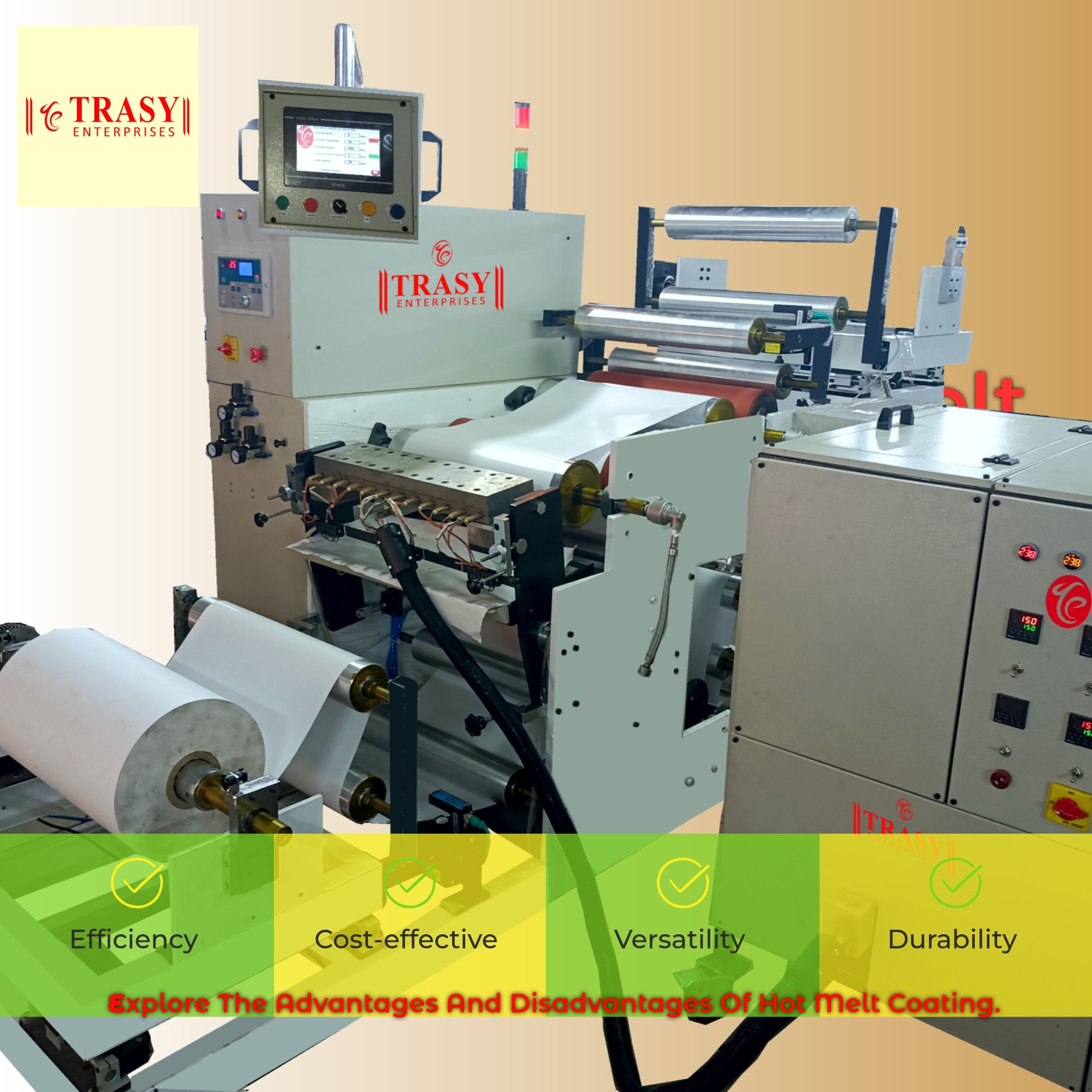Hot Melt Coating is a solvent-free adhesive application technique where a solid adhesive is melted, applied in liquid form, and then solidifies upon cooling. Compared to traditional methods, it offers distinct advantages in efficiency, performance, and environmental impact. Key Differences: Feature Hot Melt Coating Solvent-Based / Water-Based Coating Drying/Curing No drying required; solidifies on cooling Requires evaporation of solvents or water; needs drying ovens Speed Faster production cycles Slower due to drying/curing time Environmental Impact Eco-friendly; no VOC emissions May emit VOCs (solvent-based); higher energy use Adhesive Type 100% solid PSA or thermoplastic Liquid adhesives with carriers (solvents/water) Bond Strength High initial tack and peel strength Varies; may require time to achieve full bond Cost Efficiency Lower energy and operating costs Higher operational cost due to drying equipment Substrate Compatibility Ideal for temperature-resistant materials More versatile for heat-sensitive substrates Advantages of Hot Melt Coating: • Cleaner process with minimal waste • High coating weights (up to 600 GSM) achievable • Quick setup and changeover • No drying ovens, reducing footprint and energy use Limitations: • Not ideal for heat-sensitive substrates • Requires precise temperature control of adhesive ________________________________________ Conclusion: Hot Melt Coating is a superior choice for high-speed, eco-friendly, and cost-effective adhesive applications — especially where high tack and bond strength are critical.

This is your website preview.
Currently it only shows your basic business info. Start adding relevant business details such as description, images and products or services to gain your customers attention by using Boost 360 android app / iOS App / web portal.


Submit Your Enquiry